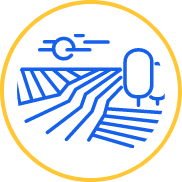Mayschoss-Altenahr: World’s first wine-growers cooperative
© Tim Wulf
Discover
Wines of
Germany
Late Harvest Wines Thrive at Schloss Johannisberg
© Tim Wulf
Germany’s Planted Area
103,391
Hectares
Structure and Design Shine at Winery Lubentiushof
© Tim Wulf
Germany’s Climate
Cool
Continental
Grapes are able to grow and ripen primarily due to the favorable influence of the Gulf Stream and strategic planting of vines on the south-facing slopes of protective river valleys.
The winemakers of Vulkanfelsgarten
© Tim Wulf
GERMANY’S wine production
16,394
Winegrowers
A World of Wine Awaits
© Deutsches Weininstitut (DWI)

GERMANY’S REFERENCES
13
Winegrowing
Regions
Into the vines at Weingut Kreutzenberger
© Tim Wulf
GERMAN
Production Percentages

About 70.5% of the production are dry/semi-dry wines. 29.5% are sweet wines.
From Fruit to Wine at Rhodt
© Tim Wulf

GERMANY’S MAIN
RED GRAPE VARIETIES
Spatburgunder
11.1% (Pinot Noir)
Dornfelder
6.6%
Portugieser
2.2%
Trollinger
1.9%
Other Reds
9.8%
Including Lemberger, Schwarzriesling,
Merlot, St. Laurent, and others
Red grapes make up 31.6% of the total vineyard area
Harvest at Bopparder Hamm: Rhine Wine Country’s largest loop
© Tim Wulf

GERMANY’S MAIN
WHITE GRAPE VARIETIES
Riesling
23.6%
Muller Thurgau
10.6%
Grauburgunder
7.8%
Weissburgunder
6%
Other Whites
20.4%
Including Chardonnay, Scheurebe,
Kerner, Sauvignon Blanc,
and others
White grapes make up 68.4% of the total vineyard area
Fermenting in process at Winery Wilhelm Kern
© Tim Wulf

GERMAN PRODUCTION
JUST UNDER
9 MILLON
Hectoliters
PER YEAR
The Nahe River runs through the wine region of its namesake
© Tim Wulf

RIVERS CROSSING GERMANY’S VINEYARDS
RHINE, MOSEL MAIN,
NAHE, NECKAR
There’s always something to celebrate
© Deutsches Weininstitut (DWI)

GERMAN
SPARKLING WINE
SEKT
Niersteiner Glock, Germany’s oldest vineyard
© Tim Wulf

GERMANY certified
organic surface
12,500
Hectares
